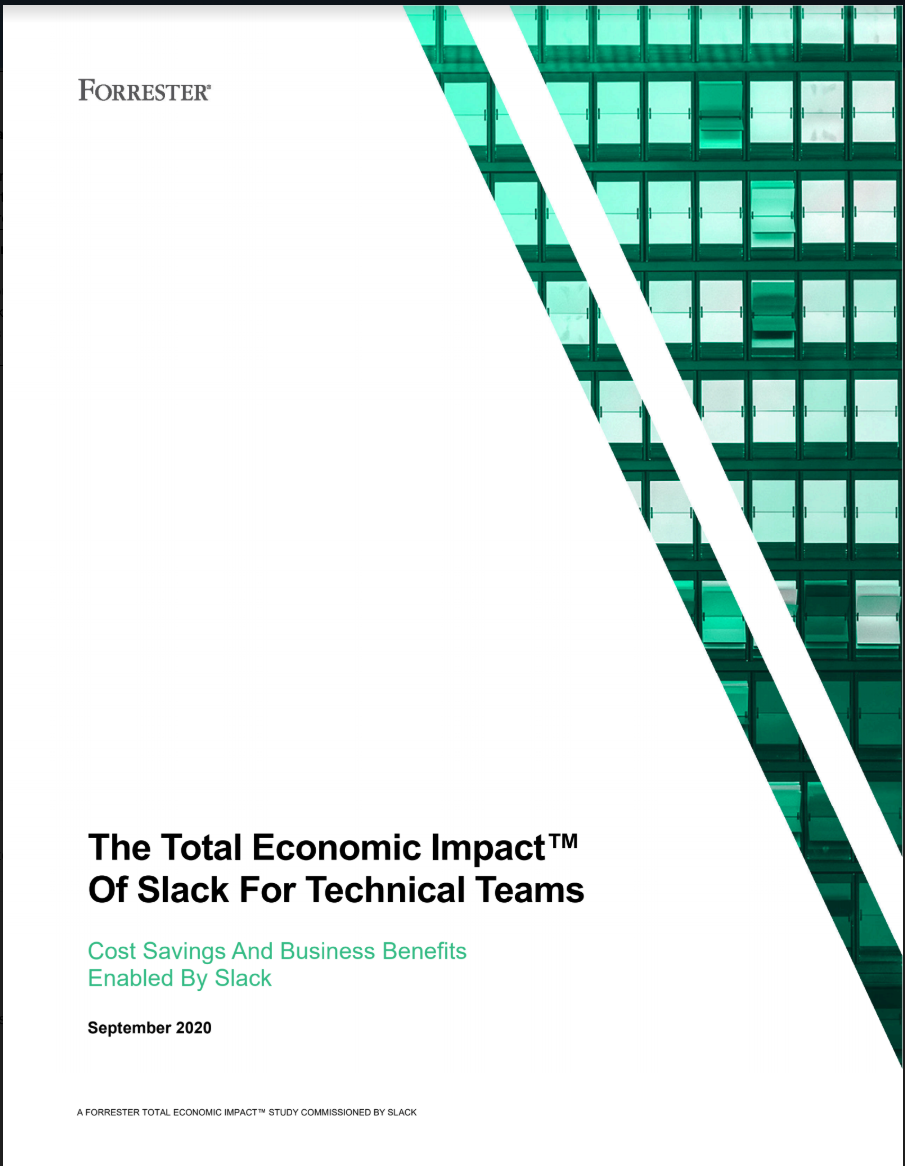How to write an executive summary that wows the right people
Get the funding or approval you need with a stellar executive summary

So you’ve completed an 83-page report about your company’s IT systems, and it is loaded with insightful information. This was a big project, and it feels good to have it done. You must now get your company’s top-level brass to buy into your findings and suggested solutions.
That’s where the executive summary comes in.
What is an executive summary?
An executive summary is a short, easy-to-digest section at the beginning of the report that lists your process, findings and suggestions.
Your executive summary should be more than just an introduction to your report. It should give anyone who reads it a fair understanding of the report and the inspiration to read it in its entirety.
What is in an executive summary?
Now that you understand what an executive summary is composed of, it's now time to learn how to put it together. Here's the format for creating a basic executive summary and the best way to make each section work for you.
List the main points of interest
The executive summary really needs to highlight the main points you make in your report, and this needs to be at its core.
Sign up today and you will receive a free copy of our Future Focus 2025 report - the leading guidance on AI, cybersecurity and other IT challenges as per 700+ senior executives
In order to present this in a manner that is easy-to-read, start by listing a heading for each main point and then following this up with a short paragraph detailing what each point is about.
Review your findings
Once the main points have been addressed, you'll want to focus on the findings in the report, which includes:
- What did you learn about your company during this study?
- What was good?
- What needs improvement?
Going into extreme detail or great depth is not necessary here. It might be better to simply list out in bullet points what the study found.
Introduce and justify your conclusion
From the results in your report, you probably discovered favorable and unfavorable findings that may influence how you operate as you go forward. Maybe your discoveries highlighted where you need to ramp things up, and allow you to think about how to address the negative aspects of the report.
This part is what will interest your execs the most. They may, in fact, leap to this part of the summary so you'll want to make sure it stands out and is thoroughly polished.
Instead of simply stating what changes you would like to implement, use the findings in the report to reinforce your conclusion and, if you can, outline using projections how this will bring improvements to the company.
Whatever your suggestion, it will take effort, money or both. This is your chance to convince the people who have to approve and sign off these decisions to make it happen.
How to make a good executive summary great
If you haven’t figured it out by now, your executive summary is arguably the most important part of your entire document. If it’s not done well, the people who matter most may never bother to dig into the rest of the report.
Here’s how to make your executive summary shine.
Write it last
Even though your executive summary will be the first part of your document, you want to save it for last. If you try to write it first, you’ll likely have to go back and update it as you make new discoveries throughout your report.
Write the report in its entirety and take notes of the most essential points. These essential points will be the skeleton of your summary. That way, when the report is complete, you’ll know what the most critical pieces of information are and how much room you can dedicate to each in the executive summary.
RELATED RESOURCE

The total economic impact of Slack for technical teams
Cost savings and business benefits enabled by Slack
Hook ‘em
Like a great novel or any other piece of writing, you’ll want to hook your reader from the beginning. If there is an amazing statistic, finding or projection relevant to the study lead with it. Pique their interest.
Don’t be afraid to bring up profits, losses or other things you may think are “sensitive.” These are exactly what the top-level executives must focus on.
Once you’ve hooked your readers with a great opening, keep the writing interesting throughout the summary. It doesn’t have to read like Shakespeare, but it should flow naturally and be interesting to read.
Don’t give everything away
While you want your executive summary to highlight the most important parts of your report, you want people to read the rest of the report too.
Keep the spoilers to a minimum to entice them to read the whole report. Think of a great movie trailer: It tells you what the movie is about through great snippets, but it makes you want to buy a movie ticket to see the whole thing.
Be succinct
We know. This may sound contradictory to our earlier point of keeping the writing interesting, but the two are not mutually exclusive.
Succinct writing can be very interesting because it stays on track. A great way to do this is to not worry about succinctness during your first draft but go back and cut your word count by 25% afterward.
You’ll find it’s easier than you think, and your writing will be a lot better when you’re done.
Remember your goal and knock it out of the park
The biggest key to writing a great executive summary is to remember why you are writing it in the first place.
You’re writing to get the executives and others to read the summary, learn what they really need to know and want to learn even more from the rest of the report. You want them to understand why you’ve come to certain conclusions and why you are making the suggested changes.
As long as you keep that in mind, you’ll do fine. But add in a few of our other tips to refine your writing and focus, and you can knock your executive summary out of the park.